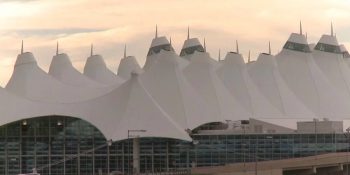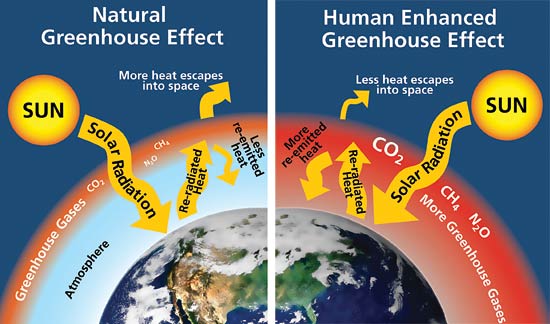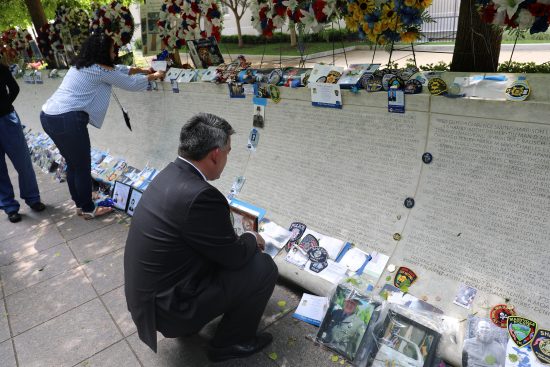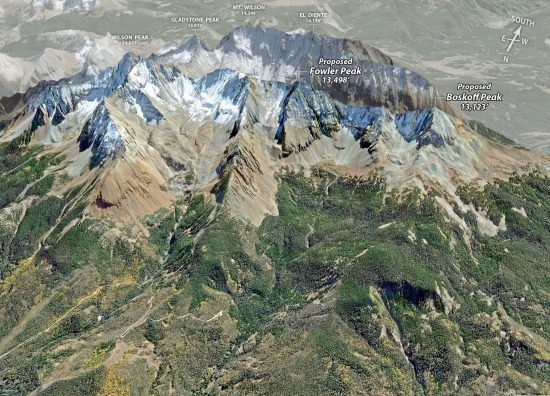(DENVER) – Gov. Polis has issued a proclamation declaring March 1 – 7 as Weights and Measures Week in Colorado. Each year, the first week in March commemorates the signing of the first weights and measures law in the United States by President John Adams on March 2, 1799.
It’s been 220 years since that first law was passed. New measuring devices have been invented and computerization has made weights and measurement inspections much different than they used to be. The technologies have changed and improved but the need to make sure transactions remain accurate and transparent is as important as ever.
The governor’s proclamation honors the consumer protection efforts of the Colorado Department of Agriculture and the Colorado Department of Labor & Employment. Their work touches virtually every Coloradan by ensuring the accuracy of all commercially used weighing and measuring equipment.
Every day, commercial scales, meters and scanning equipment devices are used to ensure equity in the marketplace. The Department of Labor and Employment’s Division of Oil and Public Safety (OPS) and the Department of Agriculture’s Measurement Standards Programs protect consumers by checking and calibrating that the devices are operating properly.
Inspectors with OPS ensure that motorists are getting precisely what they are paying for at more than 50,000 retail motor fuel dispensers across the state. These inspectors routinely collect samples of fuel products (gasoline, diesel, E-85, biodiesel, etc.) from retail fueling stations across the state and analyze these samples to ensure compliance with fuel quality standards.
They also inspect bulk propane, gasoline, diesel truck meters, retail propane, compressed and liquefied natural gas dispensers for accuracy. In addition to this consumer protection work, OPS addresses environmental protection by overseeing the cleanup of leaks and spills.
Inspectors with the Department of Agriculture’s Inspection and Consumer Services division ensure the accuracy of commercial scales, meters and scanning equipment used at supermarkets, warehouses, packing plants, storage facilities, and retail stores. Scales are even used at Denver International Airport to determine allowable luggage weights. The metrology laboratory at the Department of Agriculture safeguards these devices’ precise accuracy.
Weights and measures officials conduct tests of commercially used weighing and measuring devices and report their condition to the owners. If the devices are correct, they are approved and sealed. If incorrect, they are prohibited from being rejected for use until the problem is corrected.
“Guaranteeing the accuracy of weights and measures is one of the oldest and most important activities of government,” says Hollis Glenn, Director of the Division of Inspection and Consumer Services. “Every citizen and every business has a direct financial interest in seeing that transactions are fair to both the buyer and seller.”
Mahesh Albuquerque, Director of the Division of Oil and Public Safety, agrees. “The quiet but systemic efforts of these officials instills trust in our marketplace. Weights and Measures Week is an opportunity to educate consumers, businesses and lawmakers about their important work.”
Colorado Department of Labor & Employment
CDLE’s Division of Oil and Public Safety is responsible for inspecting Colorado’s more than 50,000 retail motor fuel dispensers. Inspectors routinely collect samples of fuel products from retail fueling stations across the state, and samples are analyzed for compliance with fuel quality standards. For more information on OPS’s Weights and Measures program, visit www.colorado.gov/ops/WeightsMeasures.
Colorado Department of Agriculture
Inspectors and metrologists within CDA’s Measurement Standards Program and Division of Laboratory Services ensure the accuracy of scales, meters, and packaged products at supermarkets, warehouses, packing plants, storage facilities, and other retail stores. For more information on CDA’s Weights and Measures programs, visit www.colorado.gov/aginspection/measurement-standards or www.colorado.gov/aglabs/metrology-laboratory.
Link:
Governor’s Proclamation: Colorado Weights and Measures Week 2019
SPREAD THE NEWS
COMMENT, Like, Follow & SHARE @I70Scout
CURRENT EDITION
WEATHER & TRAFFIC PUZZLES RECENT NEWS ADVERTISE WITH US













